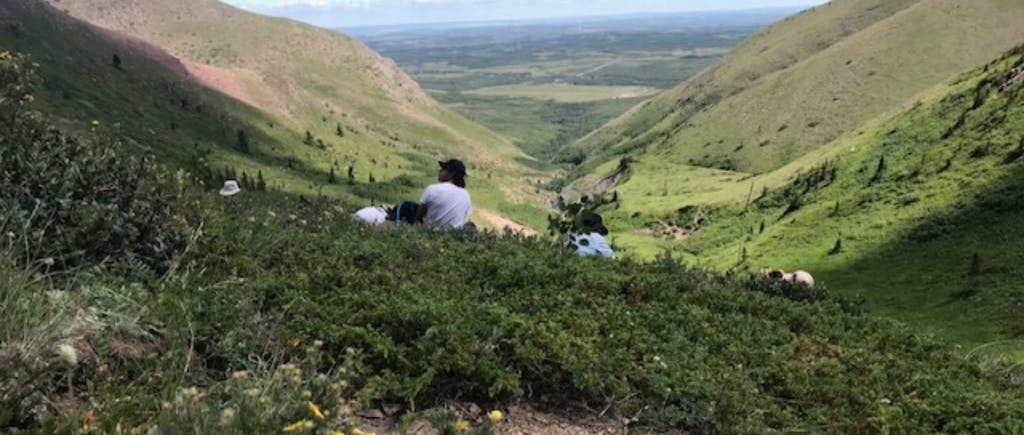Voices of the Castle
Pincher Creek
Indigenous

After the Castle Parks passed Order in Council and became a legal entity, the provincial government at that time initiated the Castle Management Plan (CMP) development process with a working group of stakeholders including ecologists and conservation scientists. The CMP was completed and approved after full public review, and released May 2018. A clear strategic objective within the CMP was to phase out off-highway vehicles (OHVs) to maintain the integrity of the biodiversity and landscape values in the parks. This objective was fully supported by the Ecological Working Group, and by the province’s Chief Scientist.
In summer 2019, the newly elected Minister of Environment and Parks paused the OHV phase-out. Planning initiatives in 2019 by the Ministry have signaled that it is considering extending a trail network (motorized and/or non-motorized) from within the Castle Parks into the Livingstone-Porcupine Hills.
The Castle Crown Wilderness Coalition (CCWC) and its collaborative conservation partners are working to re-engage broad-based public support to clearly insist that provincial bureaucrats and the Minister of Environment and Parks honour and support the current CMP and the OHV phase-out. There was clear public support for the creation of the Castle Parks and its subsequent management plan during the original public consultations. Providing trail access for off-highway vehicles in the Castle Provincial Park risks setting a management precedent for other provincial parks in Alberta. Currently under the Parks Act, OHVs are not allowed in Alberta’s provincial parks.
The CCWC initiative to re-engage Albertan’s support for the CMP will help ensure that the Castle Parks are managed with a primary intent on conserving their ecological values as headwaters and critical habitat, and minimizing the effects of recreational use that is incompatible with these values.
Related projects
Explore a showcase of projects that we've funded.



